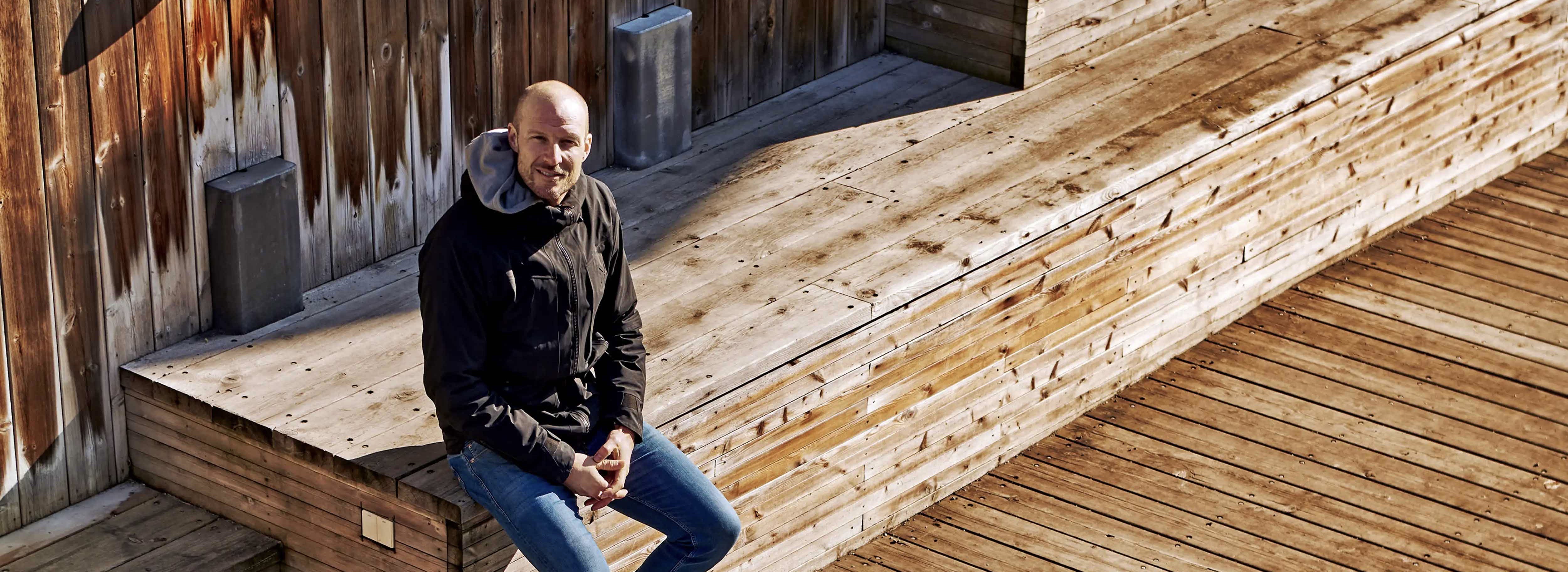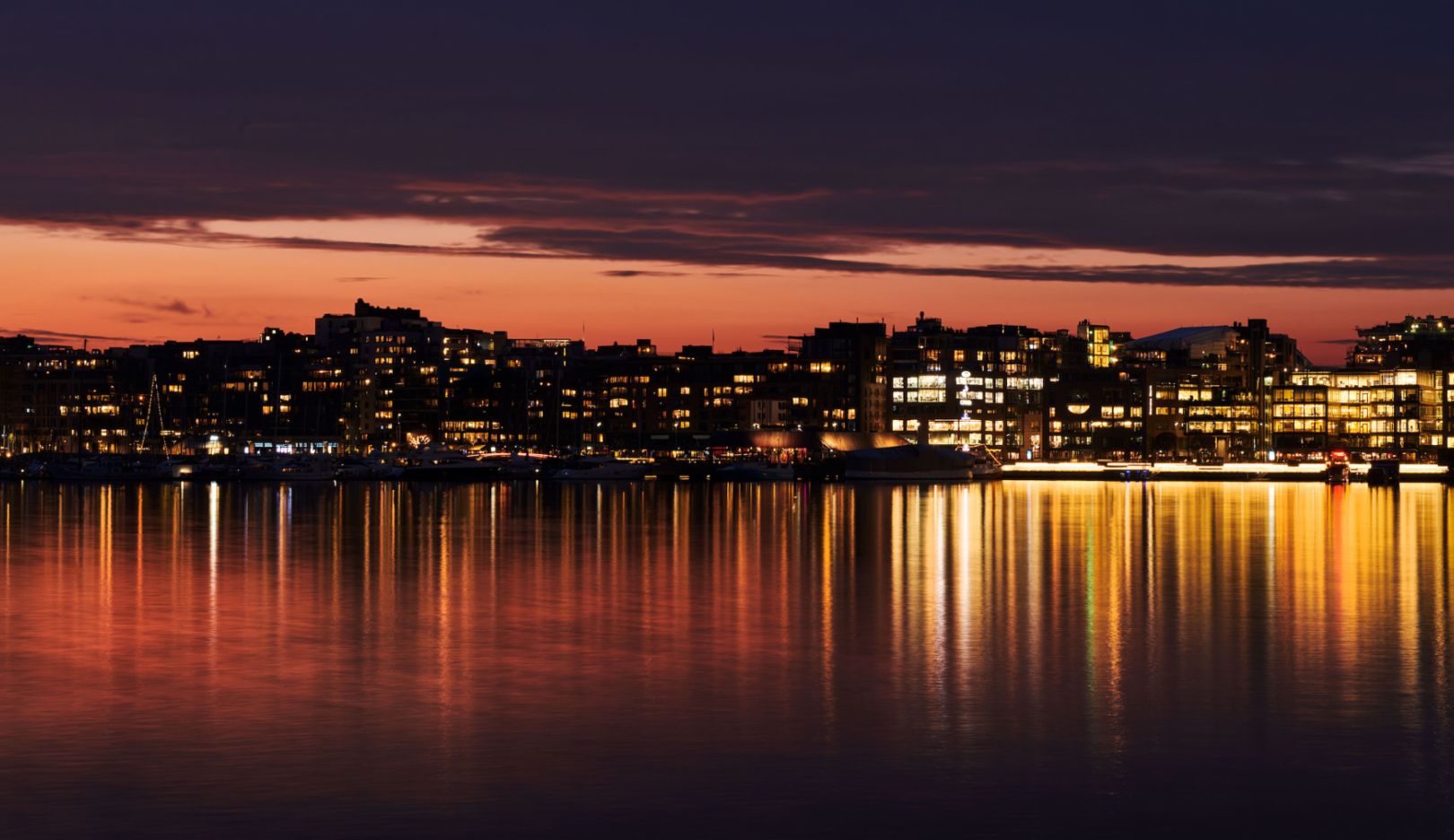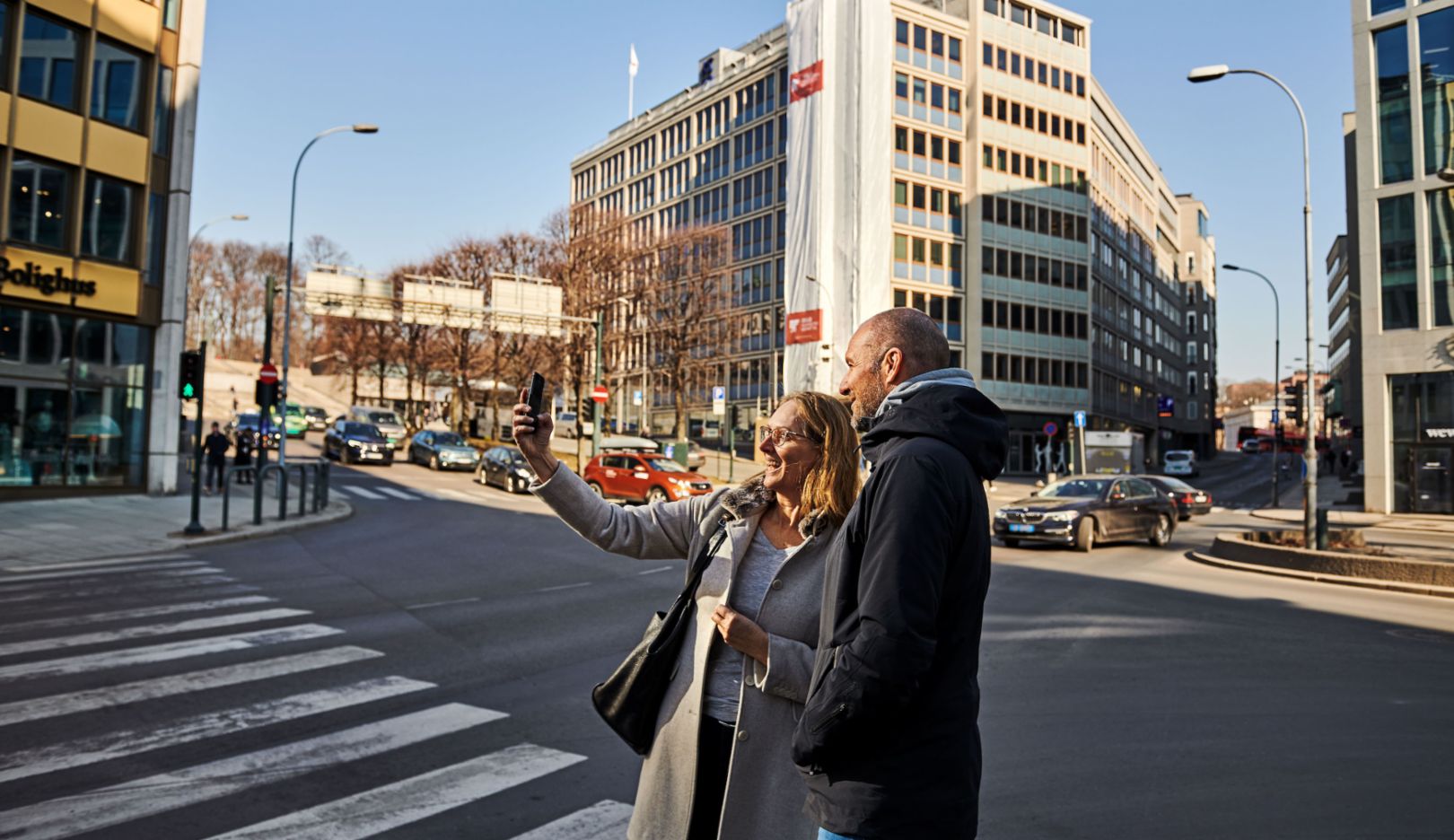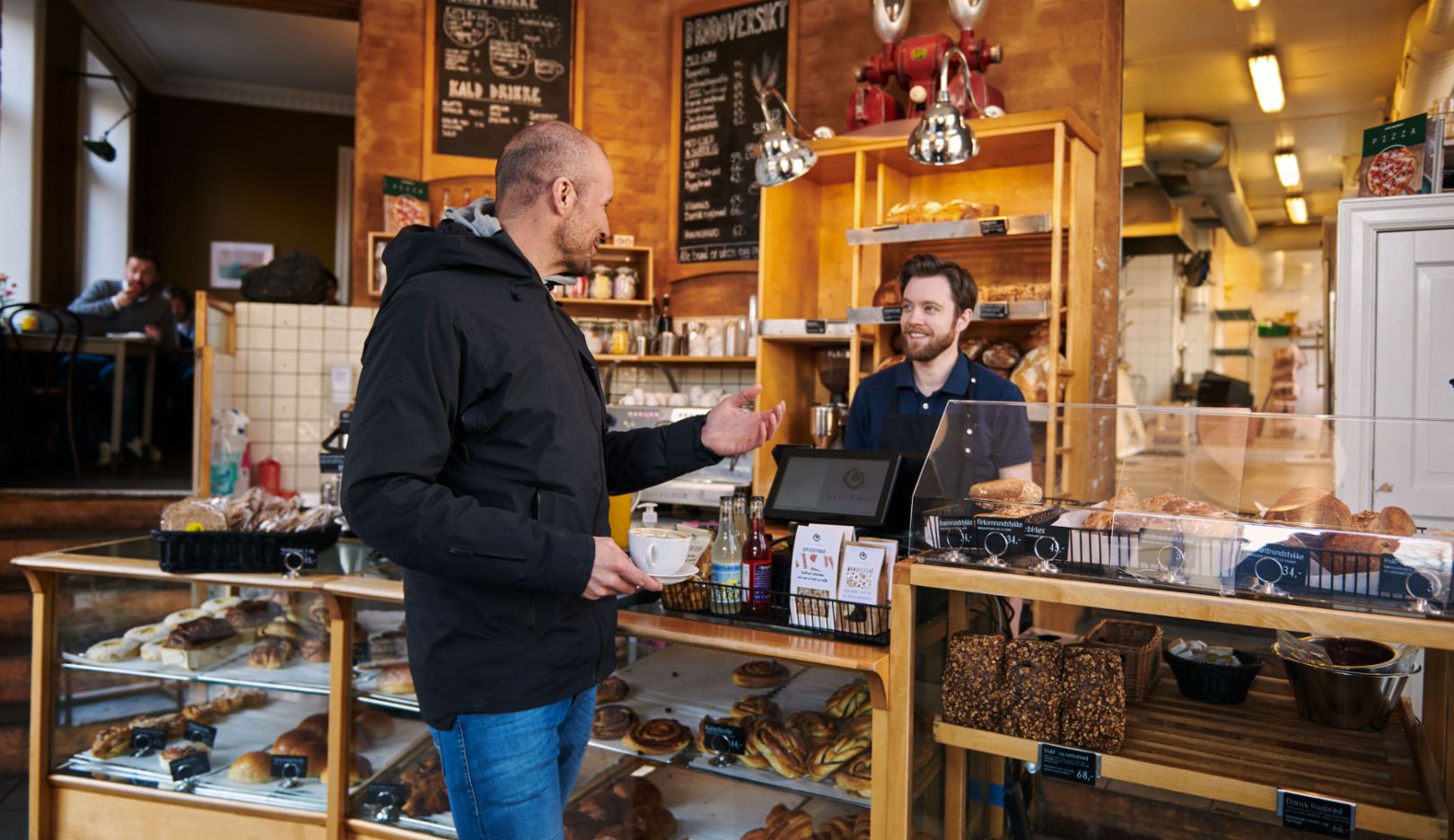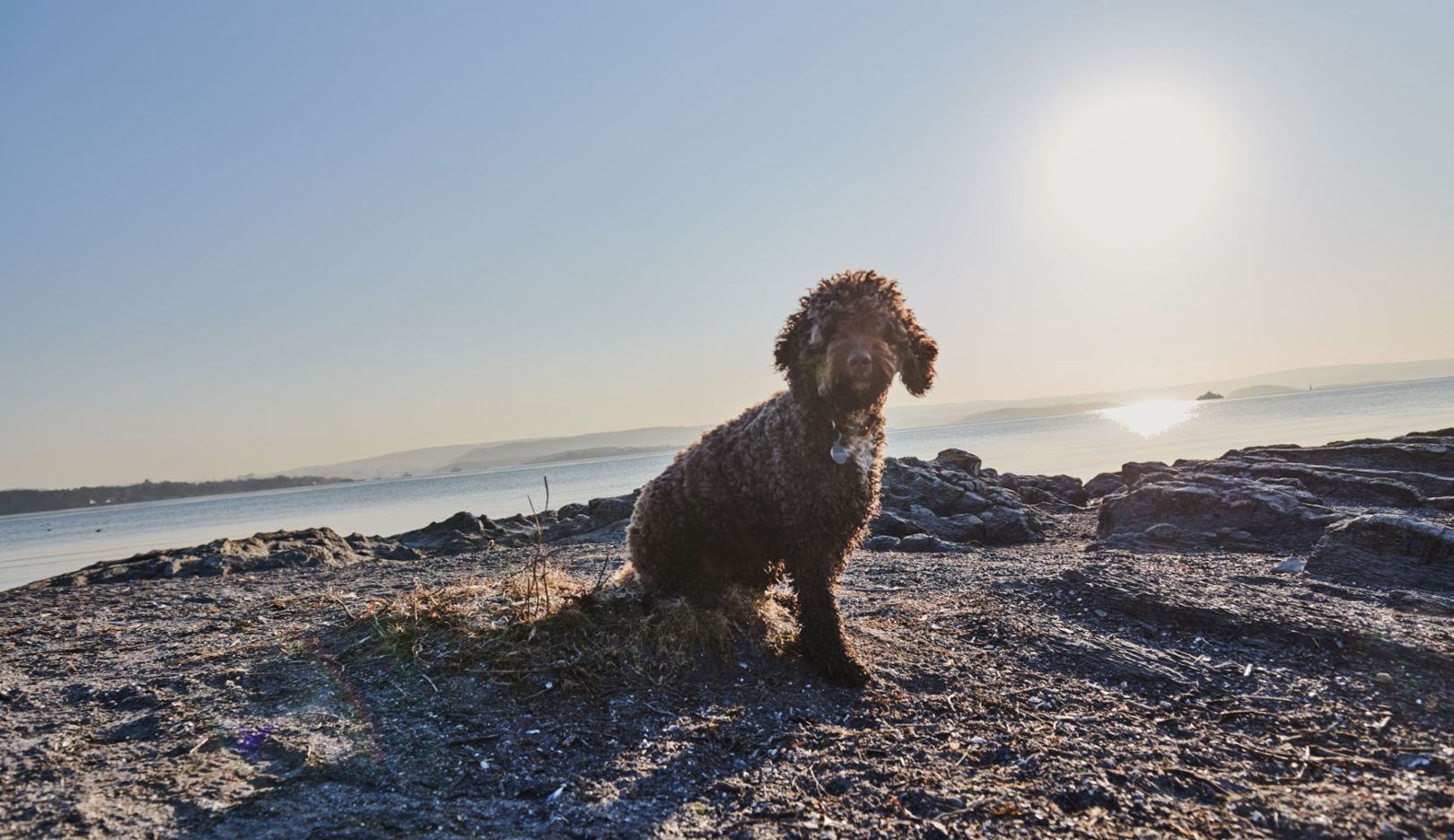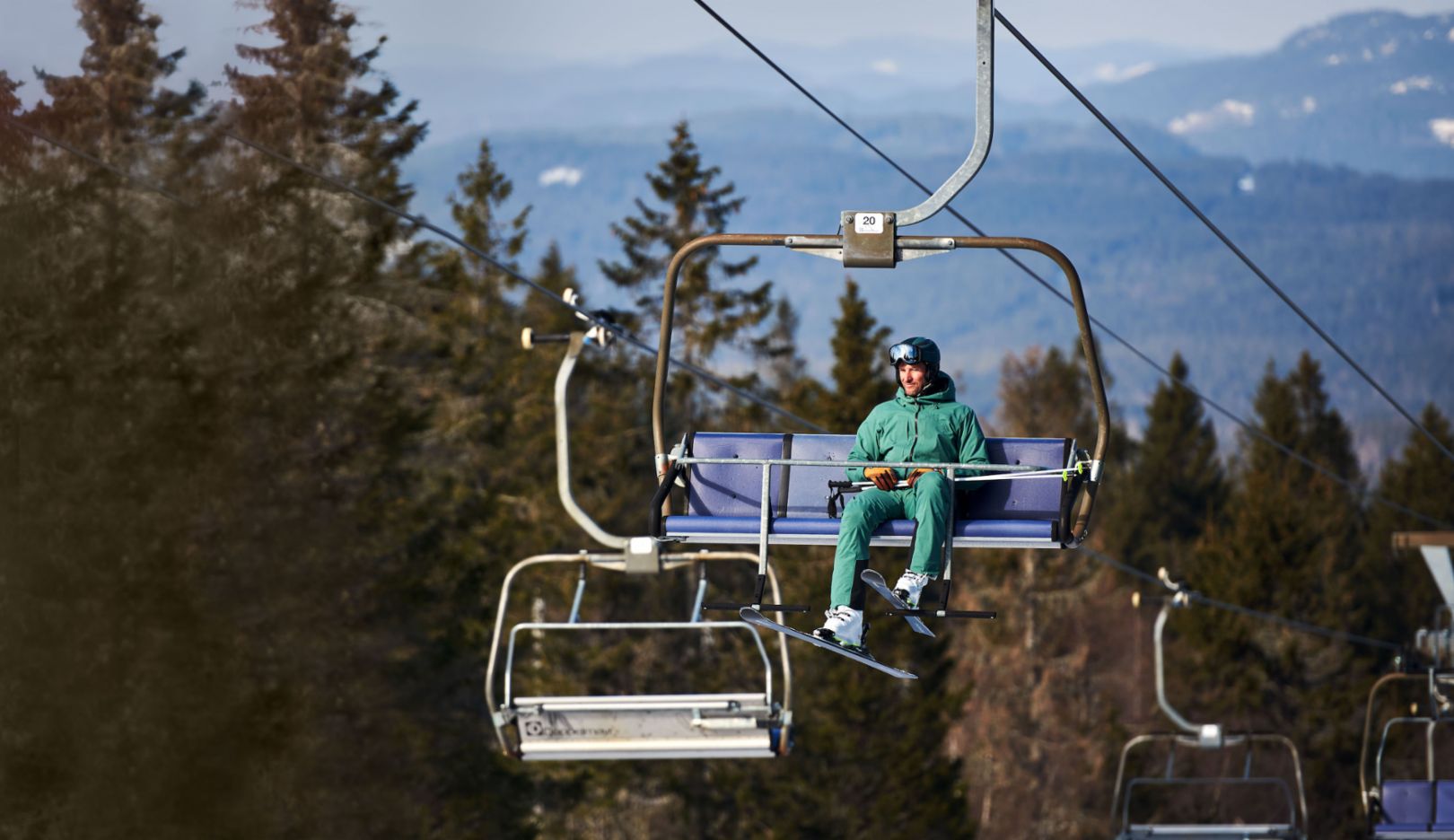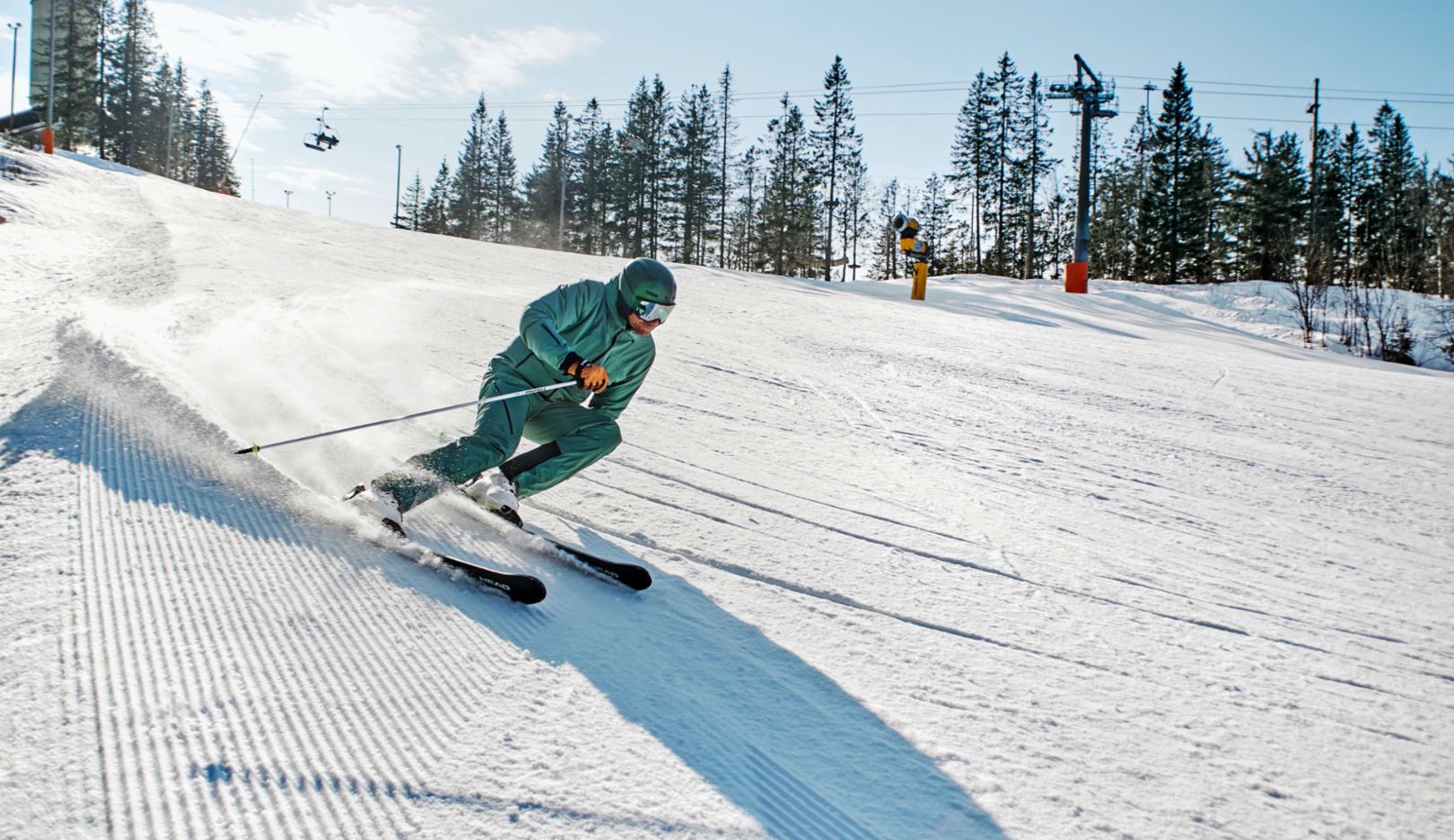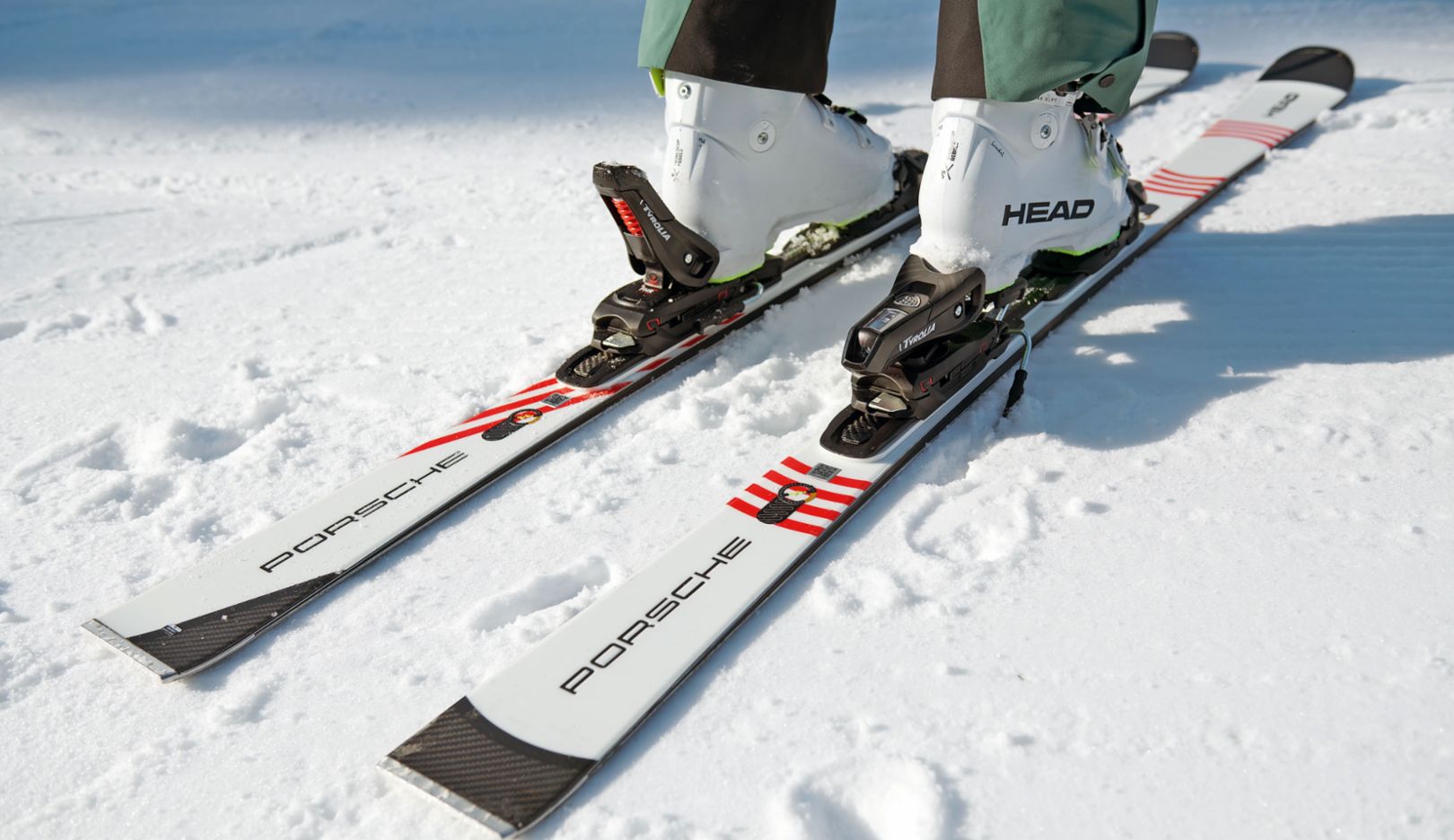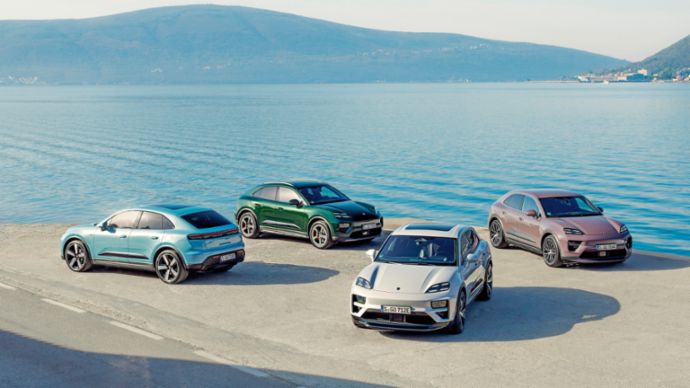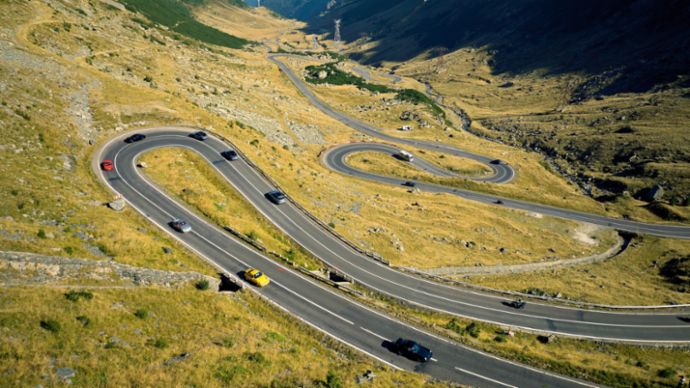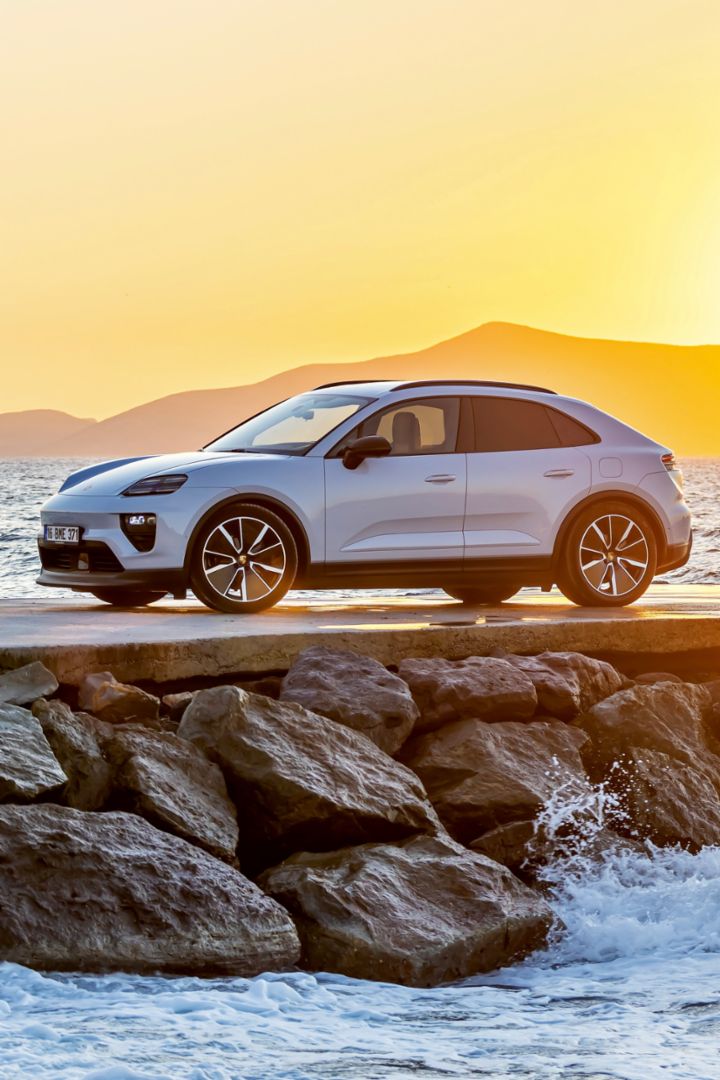City, Country, Fjord. In Oslo with Aksel Lund Svindal
Charismatic, environmentally conscious, full of life – Oslo embodies a unique mix of urban magic. With skiing legend Aksel Lund Svindal as our city guide, we get to know the sunny side of Norway’s capital city despite the Nordic winter.
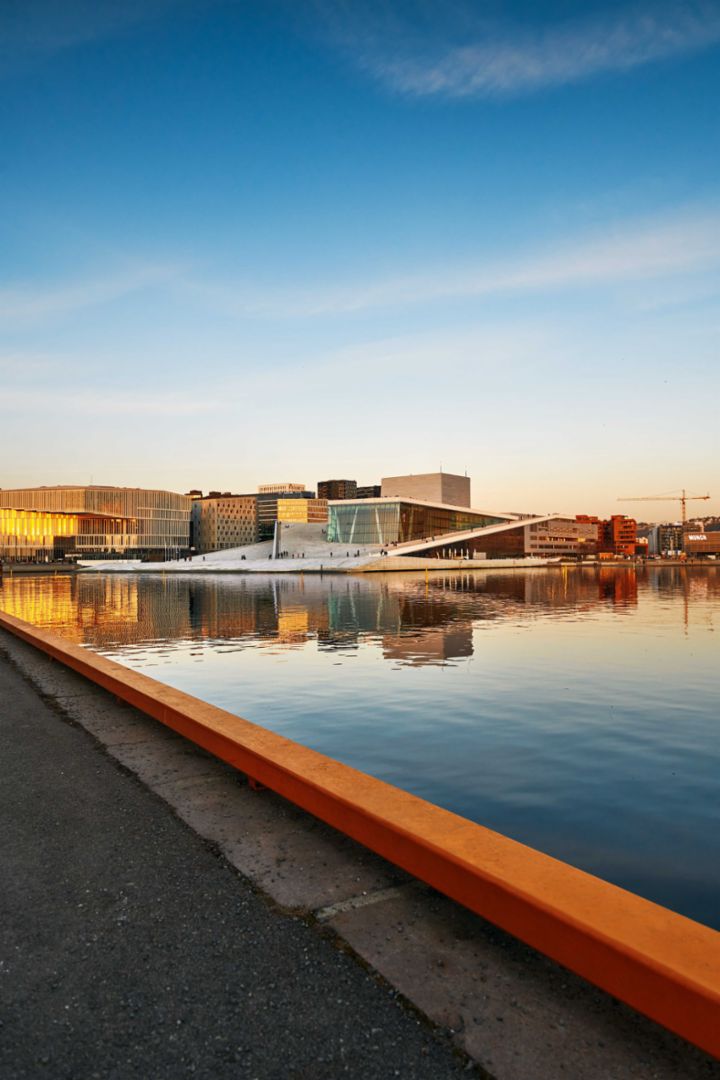
Culture at your feet:
Only in Oslo will you find an opera house with a roof suitable for a leisurely stroll.Visitors to the city of Oslo are inevitably overcome by a sense of tranquility, as the people of the Norwegian capital and their way of life radiate an enviable calm composure. Uniquely nestled between the sea and mountains, Oslo offers both cosmopolitan flair and a cozy atmosphere.
Life has even slowed down for Aksel Lund Svindal, who no longer has to fight for each hundredth of a second like he once did as a high-performance athlete. The 39-year-old, who ended his career as a two-time Olympic champion and five-time world champion in early 2019, was one of the most successful ski racers in recent history.
It’s an ice-cold, sunny winter morning when we get together with Svindal and his Australian Cobberdog, Molly, at sunrise for a walk. With the picturesque Oslo Fjord in the background, he shares a secret with us. “I love the water and its vastness,” says Svindal, who has spent virtually half his life in the Alps. One of the things he likes about his hometown of Oslo is the fact that his old and new life mesh together perfectly. How? “You’ll see today,” he promises, smiling.
But first Svindal wants to show us his favorite spots in the city. He usually starts his day at Åpent Bakeri, a small cafe in the old part of town, with its beautiful, late-19th-century facades. Emmanuel, the manager, knows exactly what to prepare when Svindal enters the cafe: a cappuccino and a roll with jam. The skiing legend is not a superstar here, but rather a welcome old acquaintance. “When I was still competing, I lived around the corner – in an expanded apartment on the top floor,” he explains. It was close to the Airport Express train station, which was an absolute must. “As a ski racer, I was always on the move.”
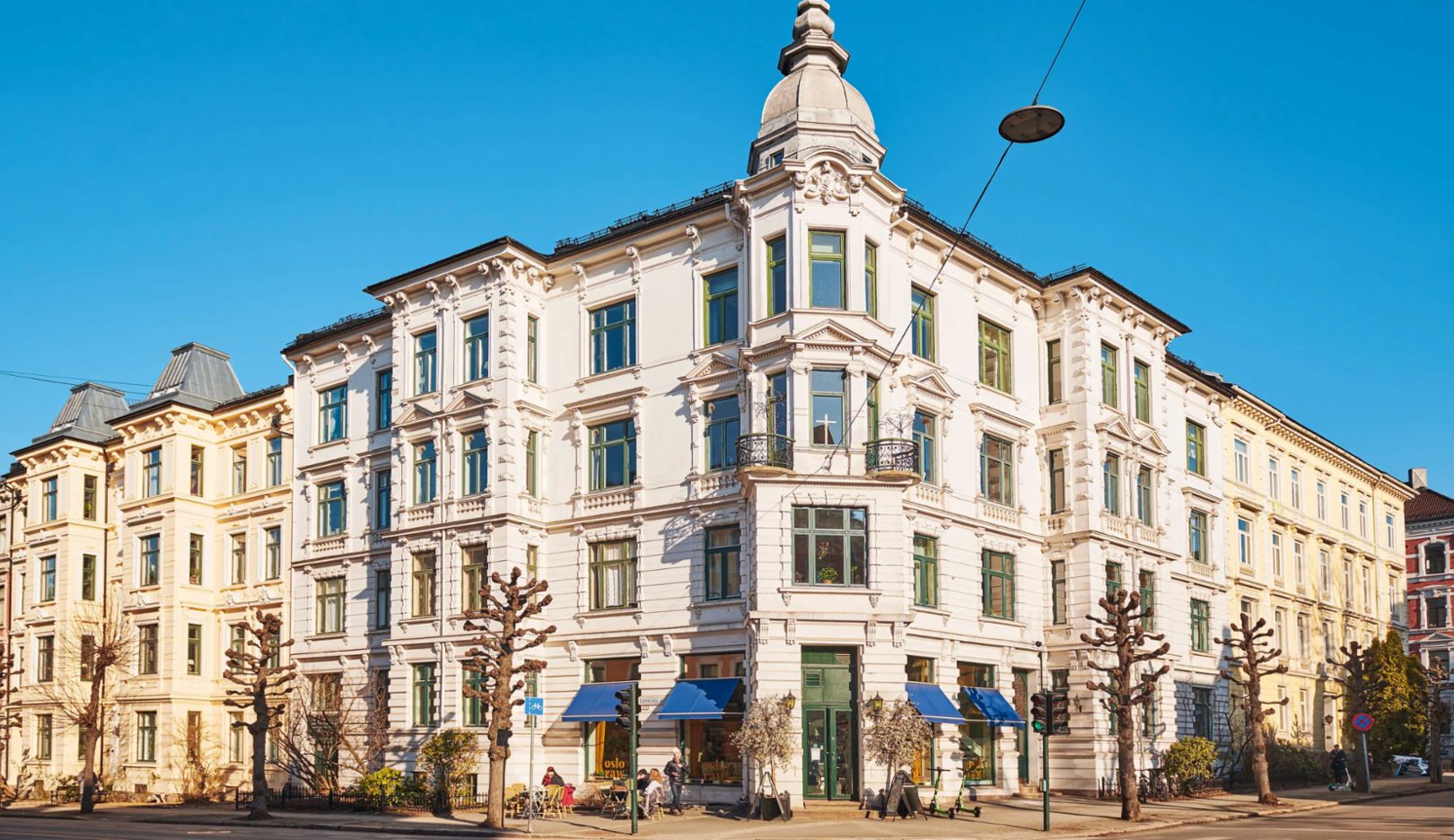
Magnificent:
The old town surrounding the Royal Palace is dominated by late-19th-century facades.One of the charming characteristics of the Norwegian city, with its population just under 700,000, is that you can explore it by foot or on a Bysykkel city bike. In fact, the most important attractions are located within a radius of just a few kilometers. Our route takes us to the Royal Palace just around the corner. The park is open all year, while the palace itself is only accessible with tours in the summer.
The changing of the guards is one of the fundamental traditions of a monarchy, which even in the 21st century is quite popular among the people of Norway. As one of Scandinavia’s most successful athletes, Svindal has already had the privilege of attending receptions in the spacious ballroom. He and Crown Prince Haakon, a big fan of alpine sports, have always had a relationship based on mutual respect.
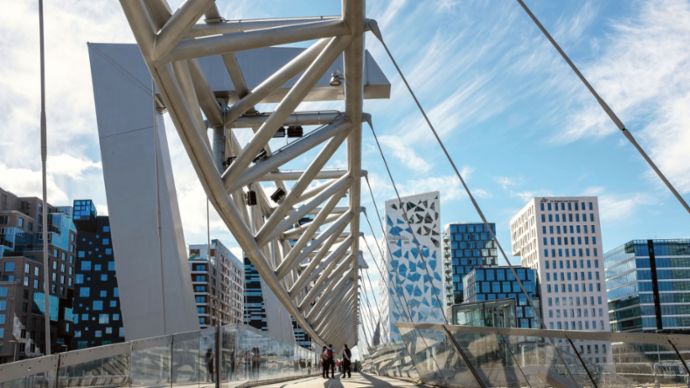
Futuristic:
A view of the “Barcode” – that’s what the skyscrapers in the Bjørvika district are called.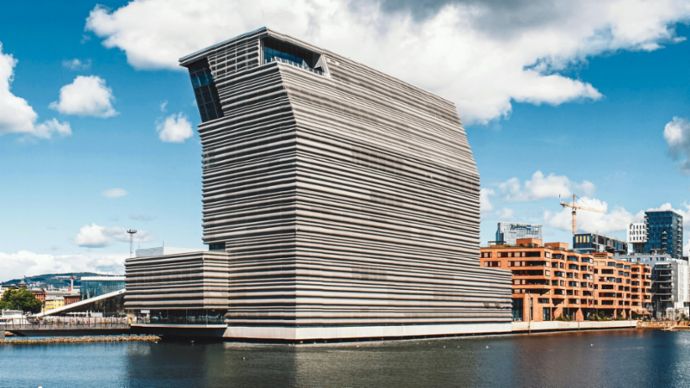
Legacy:
The Munch Museum houses works of art by the famous Norwegian painter across 26,000 square meters of space and 13 floors.“We do things a little differently in Oslo.” Aksel Lund Svindal
Though Oslo can look back on a thousand years of history, we find ourselves entering the youngest city district, the hypermodern Oslo with its spectacular residential and commercial facades, shops, and restaurants. The Aker Brygge district surrounding the marina and ferry port was built on former docklands and now attracts twelve million visitors annually.
Svindal has an office here for his many activities. What he likes most about it is the fact that he can get there by boat from his house in the summer.
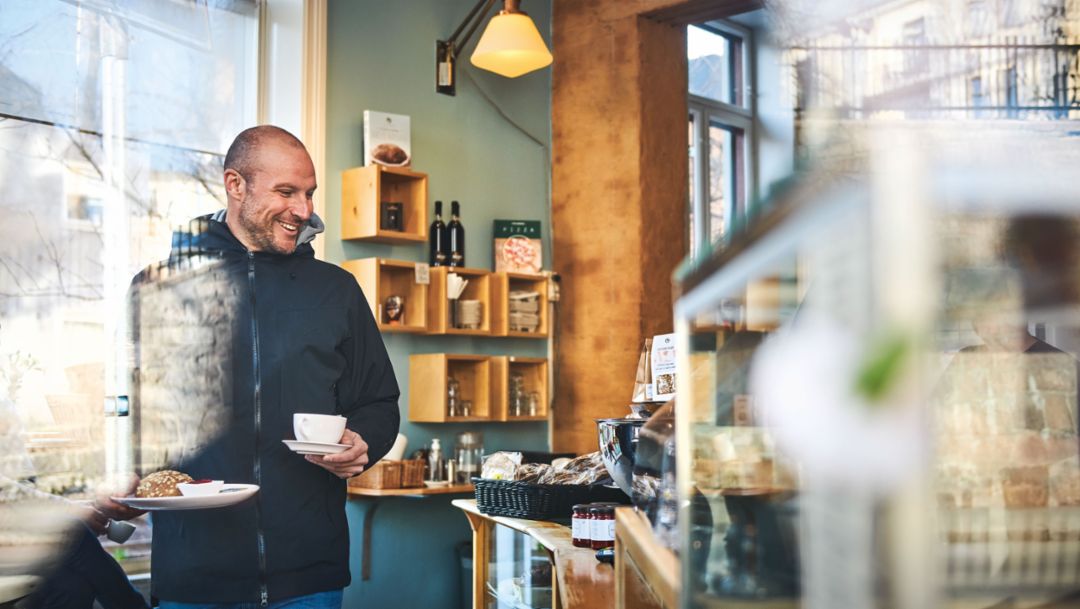
Ritual:
Svindal likes to start his day in the city at his favorite cafe.He’s not only a brand ambassador for Porsche, but is also involved in start-ups that support sustainable projects, develops skiwear, and has even written an autobiography (“Greater Than Me”). And there’s no end in sight. “Every day I have new ideas about things I could do,” he says and laughs. He’ll always be a national hero regardless. And though he stops for a selfie with just about every second passerby, Svindal never loses his friendly demeanor. “People are enthusiastic, which gives me something in return,” he says.
We take a detour to Astrup Fearnley Museet, which was built by top architect Renzo Piano and is one of the leading museums for contemporary art in the Nordic region. And then Svindal wants to show us something in front of the Nobel Peace Center. “Look at that,” he says, pointing to the inscription on the arched sculpture in front of the museum. It reads, “The best weapon is to sit down and talk.” “It’s a quote by Nelson Mandela,” Svindal explains. “It never fails to impress me whenever I walk by.”
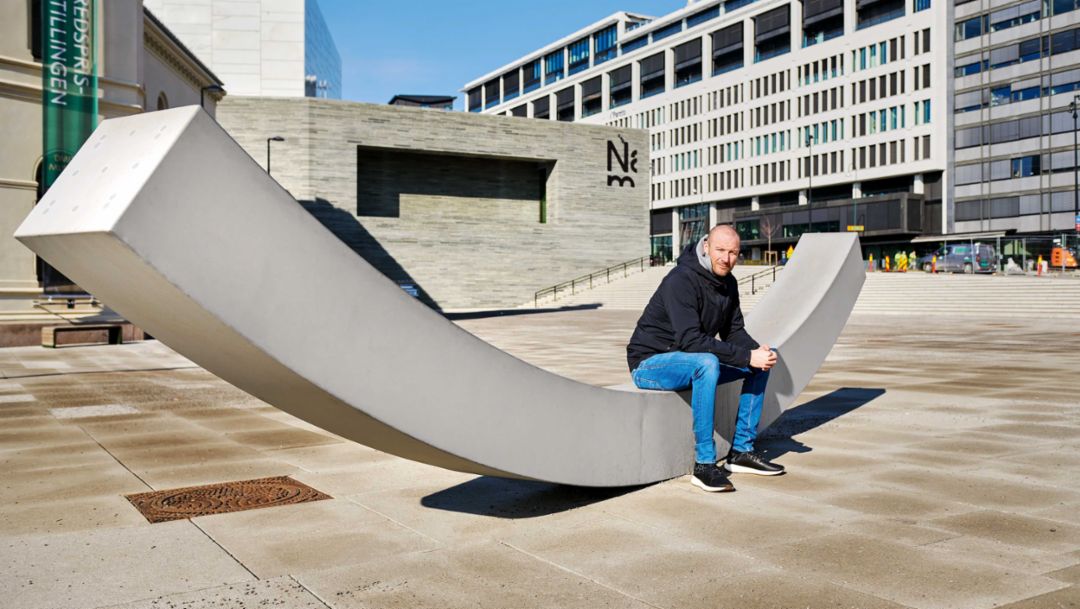
Take a seat:
A short break in front of the Nobel Peace Center. Even the new National Museum (in the background) has developed into a major attraction.Nasjonalmuseet
Centrally located at Rådhusplassen, the new National Museum opened its doors in summer 2022. With more than 5,000 works of art, it’s considered to be an exhibition space of world renown for Norwegian art, architecture, and design. A key feature of the new building is the bright exhibition hall on the roof.
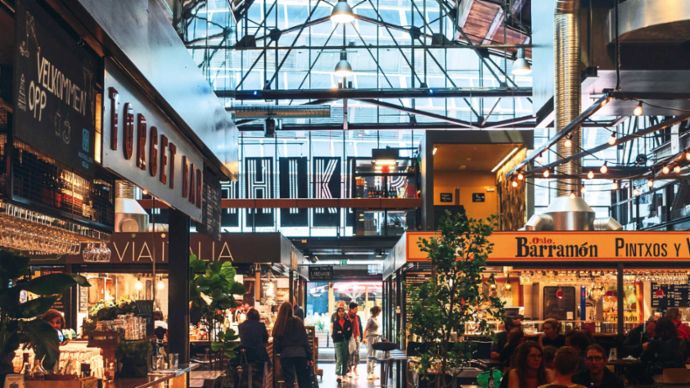
Diversity:
Whether for strolling, culinary discoveries, or daily shopping, Mathallen is a popular destination.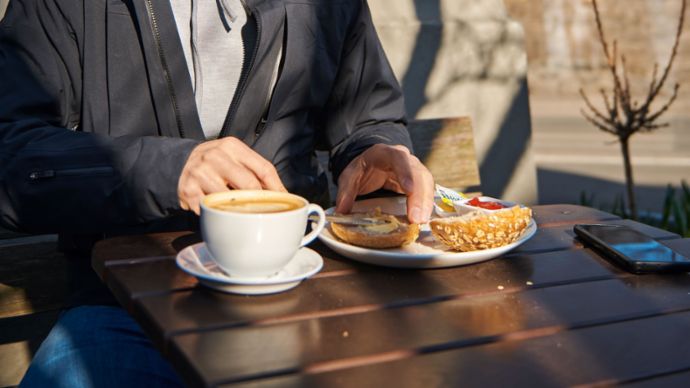
Mathallen
Located in a former industrial hall just north of the city, the indoor market is home to around 30 different shops, market stands, bars, and restaurants, making it the perfect place for shopping, activities, and enjoyment. Over the years, it has developed into a popular attraction for tourists and locals alike.
He then leads us through Mathallen, a market inside an old industrial building with shops, cafes, and restaurants. After a brief espresso break, we continue in the direction of the opera house, an architectural masterpiece that opened its doors in 2008. The roof provides a breathtaking view of the water, the city, and the surrounding mountains. “Where else would you see something like this?” asks Svindal. “A fjord on one side and a forest on the other.”

Akershus Fortress
Visible from afar, the medieval 13th-century fortress towers high above the port. After a devastating fire in the 17th century, it was rebuilt into a Renaissance castle with magnificent halls, which now play host to special government events. Interesting tours include the church with the royal mausoleum.
Another spectacular new building is the museum dedicated to the great painter Edvard Munch, which opened in late 2021 and is located just around the corner. But it’s another venerable institution that draws us in. Located at Karl Johans gate, the Grand Café in the hotel of the same name serves up traditional Scandinavian specialties. One of the tables there is permanently reserved for a regular guest – Henrik Ibsen. Because the Norwegian national poet died in 1906, a mannequin has been seated in his place ever since. “That just goes to show that we do things a little differently here,” says Svindal with a wink.
The big picture:
Here with his dog, Molly, skiing legend Svindal also loves Oslo for its water.Brand store:
The Oslo Porsche Studio is part of a new retail concept that brings the brand to life even in urban spaces.Oslo’s charm is unique – and as if we needed proof, we approach the highlight of the day, at least geographically speaking. The drive from the city up to the Oslo Vinterpark on Holmenkollen mountain takes a good quarter of an hour. Svindal takes his Taycan Turbo Cross Turismo, which he views as the perfect companion for his free time activities. “Ready for adventure,” he says. “The car is a lot of fun to drive. And I can bring the stuff I need to have fun.” That’s because the variable cargo space of the all-electric sports sedan offers plenty of room for all of his ski equipment, including a new pair of skis of the Head brand, which was developed in collaboration with Porsche.
Holmenkollen
The 371-meter mountain in northwestern Oslo is not only well worth a visit in the winter. From the Olympic ski jumping hill, you can enjoy a 360-degree view of the city, the Oslo Fjord, and the surrounding forests at any time of year. During the ski season, the nearby Vinterpark offers six drag lifts, three chairlifts, and 14 slopes, which combined measure nearly ten kilometers in length. Thanks to floodlights, some of the slopes and cross-country courses are open at night.
The ski lifts on the 371-meter mountain stay open until Easter in the winter season and are even busy during the week. For the people of Oslo, heading up to the slopes after a day at the office, with its view of the water, has become a popular pastime. “I prefer to ski at night,” says Svindal. “Fortunately, the slopes are illuminated with floodlights. And there’s almost no one else up there.”
Days near the water, evenings in the mountains – now we understand how Svindal’s old and new life mesh together. He pushes off with his poles and elegantly glides back and forth down the mountain. He takes his time, as it no longer comes down to hundredths of a second.
High Performance on Skis
Porsche and Head present the first joint winter sports product range for the 2022/2023 ski season. Two ski models are at the heart of it: the Porsche 7 Series is a high-performance ski inspired by the giant slalom for use on prepared slopes, while the Porsche 8 Series is a handmade high-performance ski designed for use on and off the slope. Both ski models were developed by the Porsche Lifestyle Group and Head in collaboration with Aksel Lund Svindal. In addition, the Porsche Lifestyle Group and Head also produce an entire winter sports collection – from visor helmets to ski poles.
More details: https://www.porsche-design.com/de/en/porsche-head-ski-collection/
Consumption data
911 Turbo
Macan Electric
-
19.4 – 16.8 kWh/100 km
-
0 g/km
-
A Class
Macan Turbo Electric
-
20.7 – 18.4 kWh/100 km
-
0 g/km
-
A Class
Taycan Turbo Cross Turismo (2023)
-
24.2 – 21.3 kWh/100 km
-
0 g/km
-
A Class
